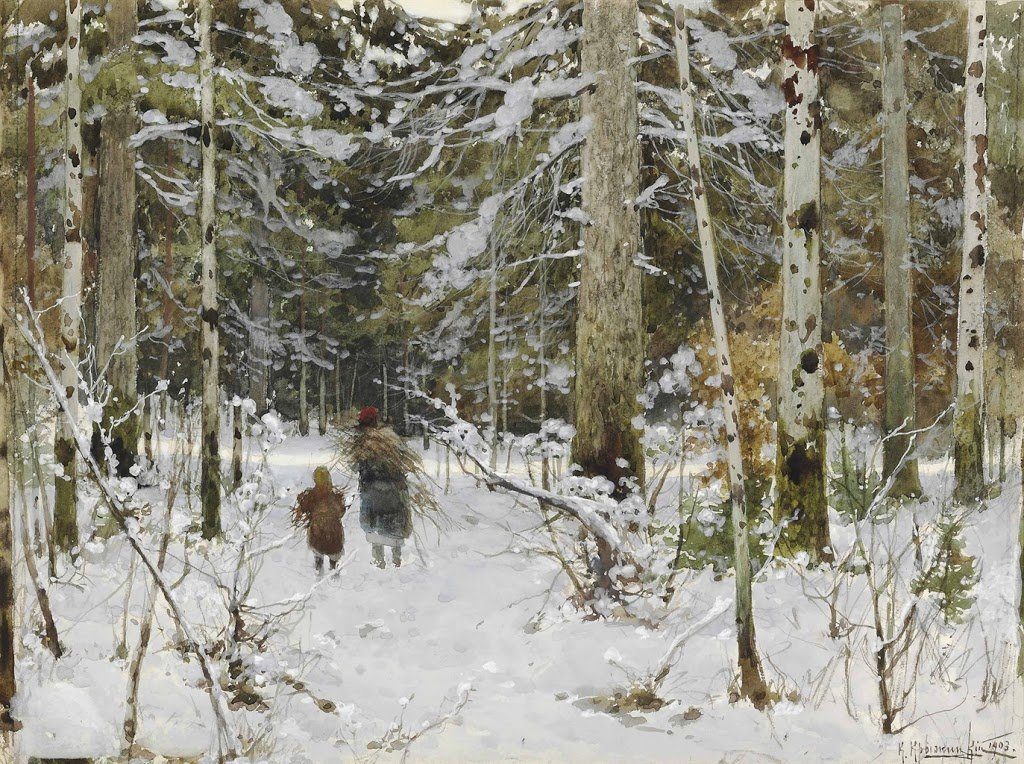
Tree Surveys in the Bleak Midwinter
22nd December 2015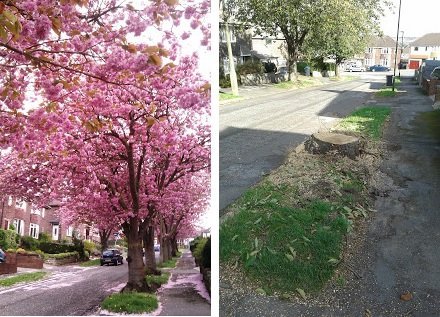
Sheffield Tree Felling:
27th January 2016Ackee: The Toxic Tree That Tastes Delicious.

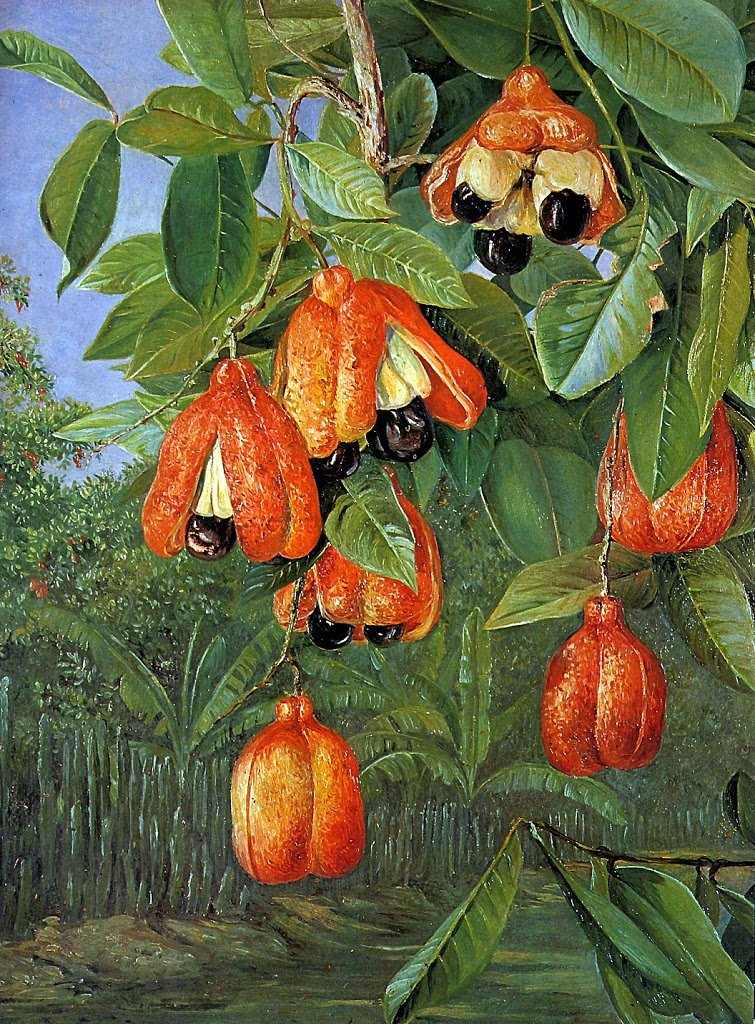
Ackee The National Fruit of Jamaica. Foliage and Fruit of the Akee, Jamaica, Marianne North (1830–1890), Marianne North Gallery. Royal Botanic Gardens, Kew
The Ackee tree, Blighia sapida, is a tree of contradictions. In Jamaica, the Ackee tree is revered – more popular than Bob Marley. The Ackee fruit is the National Fruit of Jamaica, and forms the key ingredient in the National Dish of Jamaica, Ackee and Saltfish. However, the tree is also deadly. The fruits are highly poisonous, even having a specific illness named after them (symptoms include severe vomiting, coma and death). The Ackee tree is so toxic it is banned in the USA, with it being illegal to sell or commercially serve Ackee fruit.
On a recent trip to Jamaica I was intrigued by the small ubiquitous tree, which made an attractive informal roadside planting along most roads we travelled along. On the same trip I was amazed by the delectable Ackee and Saltfish dish (deservedly ranked second place in the “world’s best dishes” by the National Geographic). During a tour of a local plantation and botanical garden our knowledgeable guide described the tree, its role in the famous dish and its place in the wider history and culture of Jamaica.
The tree is not native to Jamaica; the word Ackee is derived from the original name Ankye from the Twi language of Ghana. The exact date of the trees arrival in Jamaica is unknown, but it is believed that the fruit was transported to the Caribbean by slave ships sometime in the 18th century. Thomas Clarke, Jamaica’s first botanist, is credited with formally introducing the plant to the island in 1778. However, the botanical name of the fruit, Blighia Sapida, was given in honour of Captain William Bligh, of “Mutiny on the Bounty” fame, who took young trees from Jamaica to London’s Kew Gardens in 1793.
Ackee is a member of the Sapindaceae family, an extensive family also known as soapberry. Species within this family include the tropical fruits lychee, longan, and guarana. It’s a tropical evergreen tree that can grow up to 18m tall, with broad pinnate leaves. The Ackee fruit takes seven to eight weeks to attain full maturity. At full maturity the fruits are pear shaped, approximately 10cm wide, and acquire a red or a yellow tinge. The fruit pods split open while still on the tree to reveal three glassy black seeds surrounded by a thick, oily, yellow aril.
Properly harvested and prepared Ackee fruit is delicious, it tastes and looks similar to scrambled eggs and it’s common to have it for breakfast. Ackee fruit are generally boiled in a deep pot for about thirty minutes, with the water then being thrown away. The prepared fruit is then generally sautéed with onions, tomatoes, sweet peppers, allspice and Scotch Bonnet chilli and then mixed with saltfish. However, both the skin and seeds of the Ackee are poisonous and if the fruit is under ripe it contains high levels of toxic hypoglycins which can be fatal. Hypoglycin is also found in the seeds of Sycamore (Acer pseudoplatanus) which has been linked to disease in horses in the UK. Back home, as part of my work as an arboricultural consultant, I have been required to highlight Sycamore during tree surveys of horse paddocks or around pastures, to reduce the risk of horses accessing tree seeds.
An association between Ackee and Jamaican vomiting sickness (JVS) was first documented in 1904, and in 1937 the water-soluble toxic material was identified in the seed and pods. Even properly ripened Ackee has been known to cause poisoning if not prepared correctly as hypoglycin is not destroyed during cooking or canning. (In West Africa, the green fruits, which produce lather in water, are used in lakes as fish poison). Ackee poisoning is a serious issue, the Jamaican Ministry of Health have reported 271 cases of poisoning since 1980, and the true incidence rate is believed to be much higher due to under reporting.
Because of this danger, great care is taken when harvesting the fruit and in the preparation of an Ackee dish. Traditionally Jamaicans say that Ackee fruit must “yawn” or “smile” (open naturally) before it is detached from the tree. There is an old Jamaican story/riddle that asks: “Me fader send me to pick out a wife; tell me to tek only those that smile, fe those that do not smile wi’ kill me!” The answer to the riddle is the Ackee, referring to essential information on how the fruit must open on the tree naturally, or smile, before it is harvested.
Jamaica is the only place where the Ackee fruit is widely eaten, and possibly because of this the tree has come to assume significant cultural importance, with the image of the tree and fruit appearing throughout the country. The anthropologist John Rashford notes how Jamaicans have come to associate the Ackee tree with pleasure, overall wellbeing and national identity, he describes the Ackee as “the island’s colourful tree of life.” Indeed, on my trip I was impressed both by the attractive tree, the delicious fruit and the pride the locals showed in the Ackee. However, the folklore and respect surrounding the tree also hint at it’s potential as the island’s lurid tree of death.


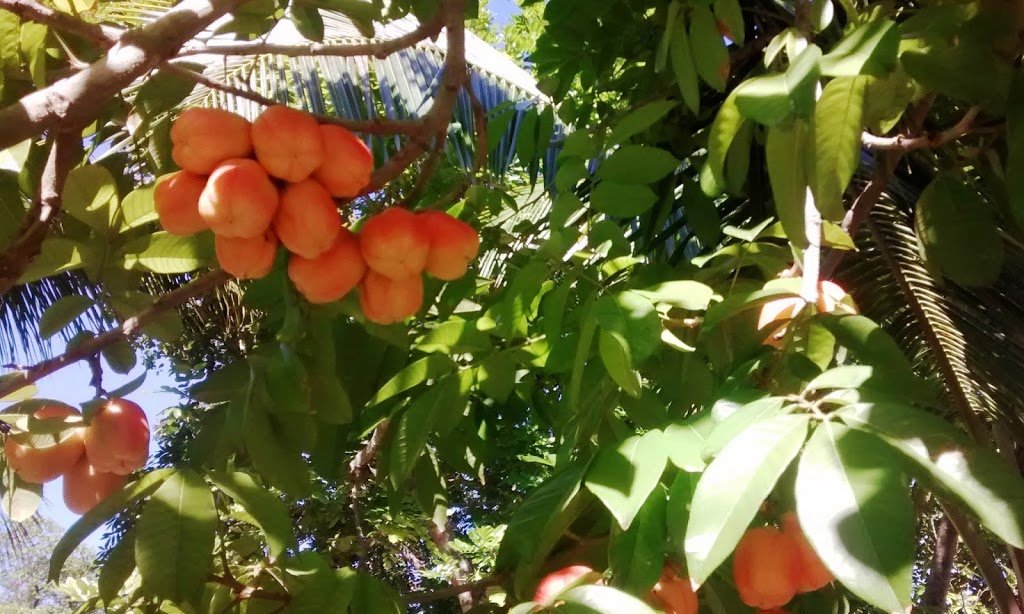

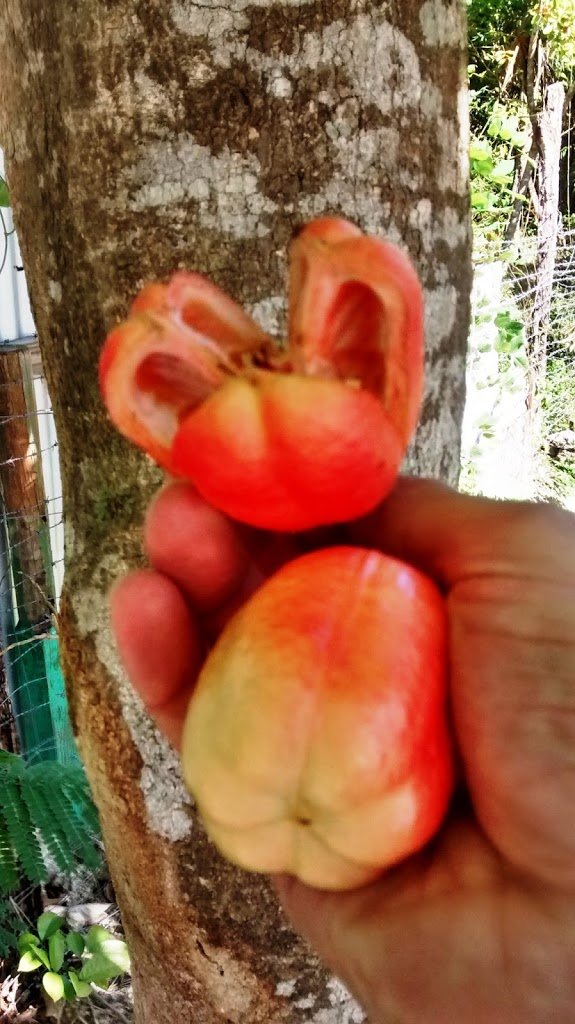

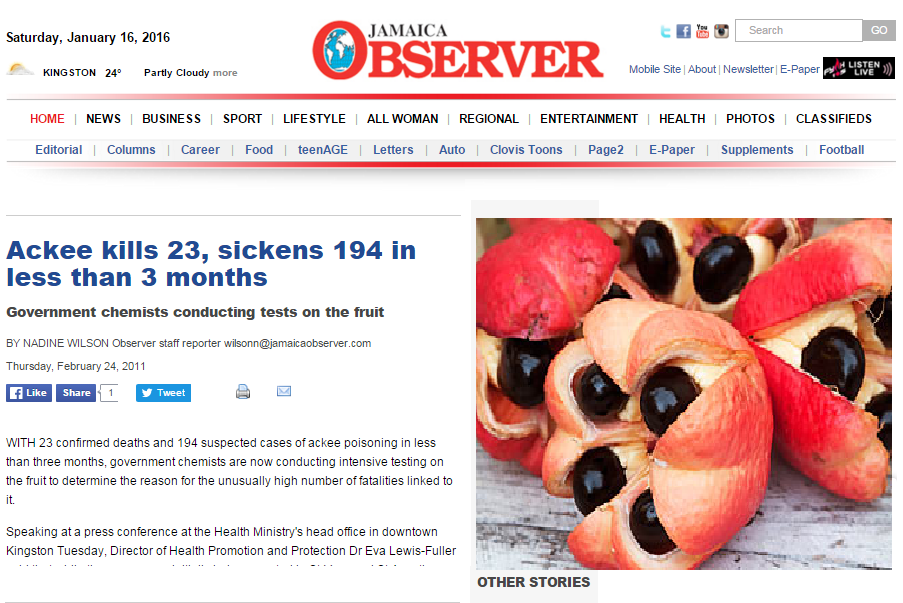
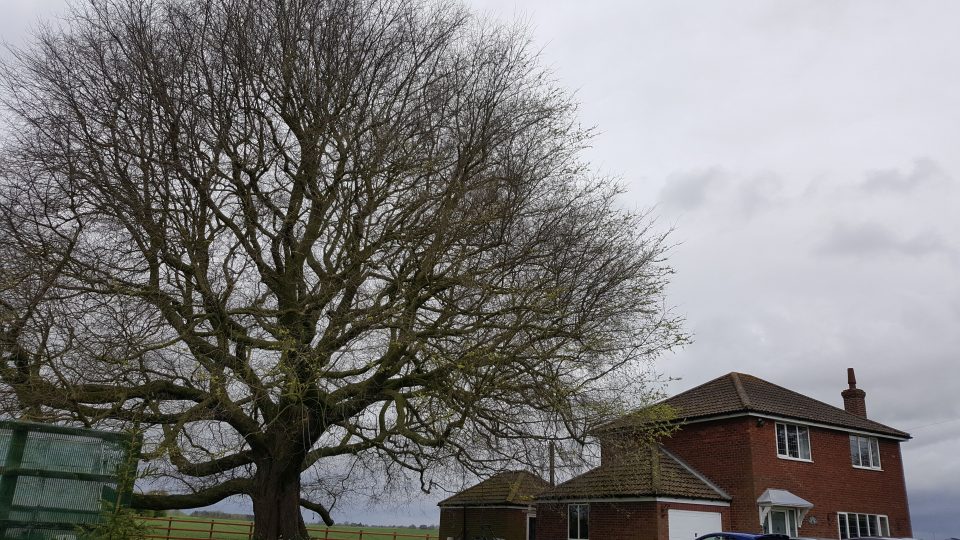

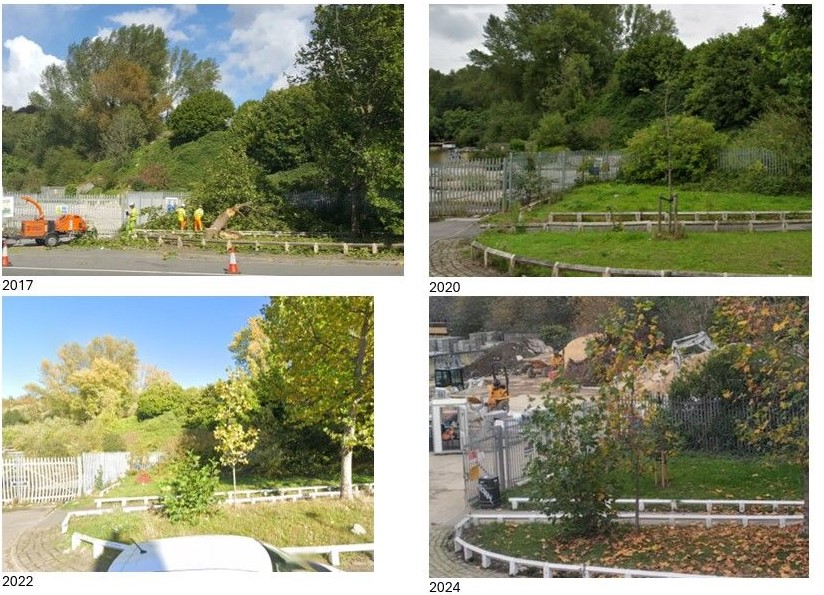
5 Comments
Can an Ackee tree be grown as far North as New Orleans?
Hi Lynne, Thanks for your question. The honest answer is: I dont know! I suggest getting in touch with someone here https://neworleanscitypark.com/contact they’ll be better placed to help you. Good luck! Adam
Yes! In Fort Lauderdale, Florida, there are hundreds of ackee trees growing, mostly by folks of Caribbean Decent, Also found a lot in Miami-Dade and Palm Beach Counties.
Thanks for this information. Very interesting to see how far the ackee tree has traveled!
I live in Fort Lauderdale Florida area and I just learned that I have a Jamaican ackee tree growing in my yard. It is quite large and it has fruit growing on it. What are my options to get out of my yard I may have two of them I’m not sure